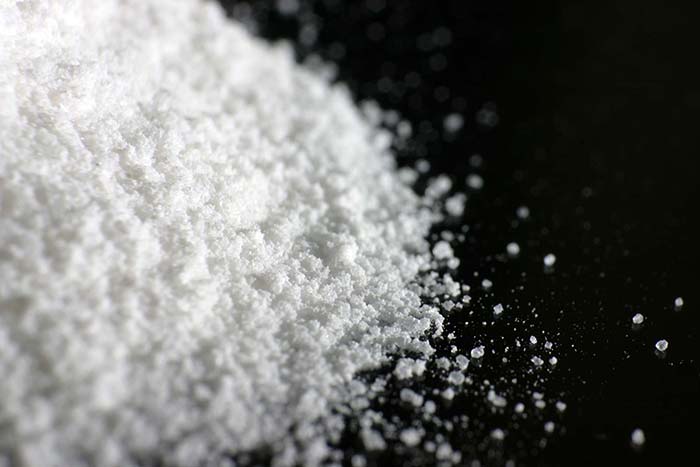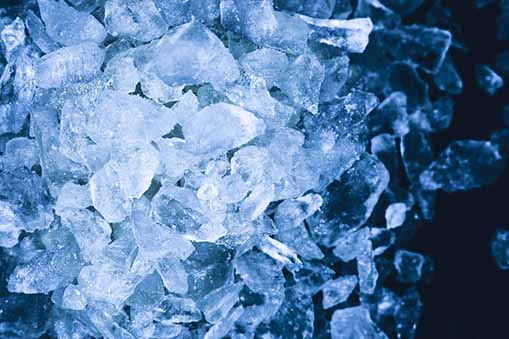Tell-tale Symptoms of Drug Use in the Workplace

As a business leader, you need to keep an eye out for signs of drug use in your workplace. But looking after the health and safety of your employees can be a real challenge. You need to have a reliable system of identifying evidence of drug abuse and how to properly address it.
Here’s our quick and simple guide on how to spot tell-tale signs of drug abuse in your workers.
How to spot signs of drug use in your workers
Before you start checking everyone in your company, there are a couple of things you have to remember. Unless you’re a medically-trained professional, you won’t be able to fully diagnose a person for drug addiction. You can only identify certain patterns of behaviour in your employees that could suggest potential drug use.
There’s also the possibility that some of the symptoms you may find are linked to other health conditions. That’s why it’s important that you create a proper action plan before you act on your suspicions. It doesn’t hurt to always be careful.

Marijuana use
National wastewater analysis shows that marijuana (cannabis) is one of the most commonly used drugs in Australia. This might be because of how easier it is for Aussies to obtain the drug compared to other controlled substances. However, new evidence suggests that cannabis consumption throughout the country may actually be dropping.
The health impact of marijuana use comes from the plant’s main psychoactive ingredient: THC. The substance stimulates a person’s brain much like food or sex. It triggers the release of dopamine, which helps the user feel relaxed or even euphoric.
People who use marijuana often experience the following physical and behavioural effects:
- Red eyes
- Faster heart rate
- Poor muscle coordination
- Delayed reaction times
- Increased appetite
Cannabis use can also cause people to abruptly change moods. They could go from being extremely tense one moment and then become super relaxed the next. In some cases, users can suffer a sudden onset of anxiety, panic, and/or hallucinations as well.
Other tell-tale signs of marijuana use include:
- Sleepiness
- Lethargy
- Lack of focus
- Talkativeness
- Misjudgment of time
- Secretiveness

Alcohol use
Alcohol is another popular mood-altering substance. It’s not unusual for Aussies to enjoy a few drinks, especially after a hard day’s work. But sometimes their attraction to alcohol can go out of hand. Some workers report to work intoxicated after a night of drinking, while others even do their drinking in the office.
Keep a lookout for these signs to find out if your employee is suffering from alcohol use or addiction:
- Bloodshot eyes
- Unkempt appearance
- Smell of alcohol on breath and skin
Inebriated workers also show several odd behaviours, including:
- Sleeping on duty
- Sluggishness
- Experiencing tremors
- Temper outbursts
- Irrational or aggressive behaviour
Additionally, those who abuse alcohol are more likely to come to work late or skip workdays entirely.

Cocaine use
Cocaine can cause far-reaching health consequences, especially when used for long periods. The drug triggers an intense but short-lived high in users followed by an equally intense bout of depression and edginess.
People who abuse cocaine often have to take increasing amounts of dope to get high. This causes them to become more addicted to the drug. Symptoms of cocaine use include:
- Dilated pupils
- Runny nose
- Burned lips or fingers due to smoking cocaine
- Track marks from injecting cocaine
- Damaged nasal passages due to snorting cocaine
You might also see some erratic behaviour from someone who uses cocaine, such as:
- Nervousness
- Restlessness
- Talkativeness
- Irritability
- Anxiety
- Restlessness
- Aggressive behaviour
- Feeling of superiority toward others
- Paranoia

Methamphetamine use
Like cocaine, meth (ice) can produce severe physical and psychological effects on long-term users. The drug chemically alters how a person thinks or feels, which could result in significant behavioural changes. Some of the most common physical signs of meth use or addiction include:
- Dilated pupils
- Skin sores
- Rotting teeth
- Extreme weight loss
- Burns, particularly on the lips or fingers
Meanwhile, meth abusers also show noticeable erratic behaviours, such as:
- Hyperactivity
- Agitation
- Paranoia
- Rapid eye movement
- Reduced appetite
- Erratic sleeping patterns
- Mood swings
- Twitching, facial tics, or jerky movements

Heroin use
Believe it or not, not all heroin addicts get their start by abusing the drug immediately. Some people use heroin as a stronger and more affordable alternative to prescription painkillers like oxycodone and hydrocodone. But the potency of the drug only ends up stoking their addiction.
Heroin abusers often show the following symptoms:
- Bloodshot eyes
- Constricted “pinpoint” pupils
- Sudden weight loss
You might also notice the person experiencing sudden behavioural changes, including:
- Lack of motivation
- Secretive behavior
- Extreme drowsiness or nodding off at work
- Financial problems
Learn More
Your workers are the backbone of your business. That’s why it’s important that you’re aware of their health and well-being. If you suspect anyone in your organisation is suffering from substance abuse, it’s best to act now and intervene. The safety of your employee and the future of your company may depend on it.
For help in conducting drug and alcohol testing at the workplace, contact us today.
